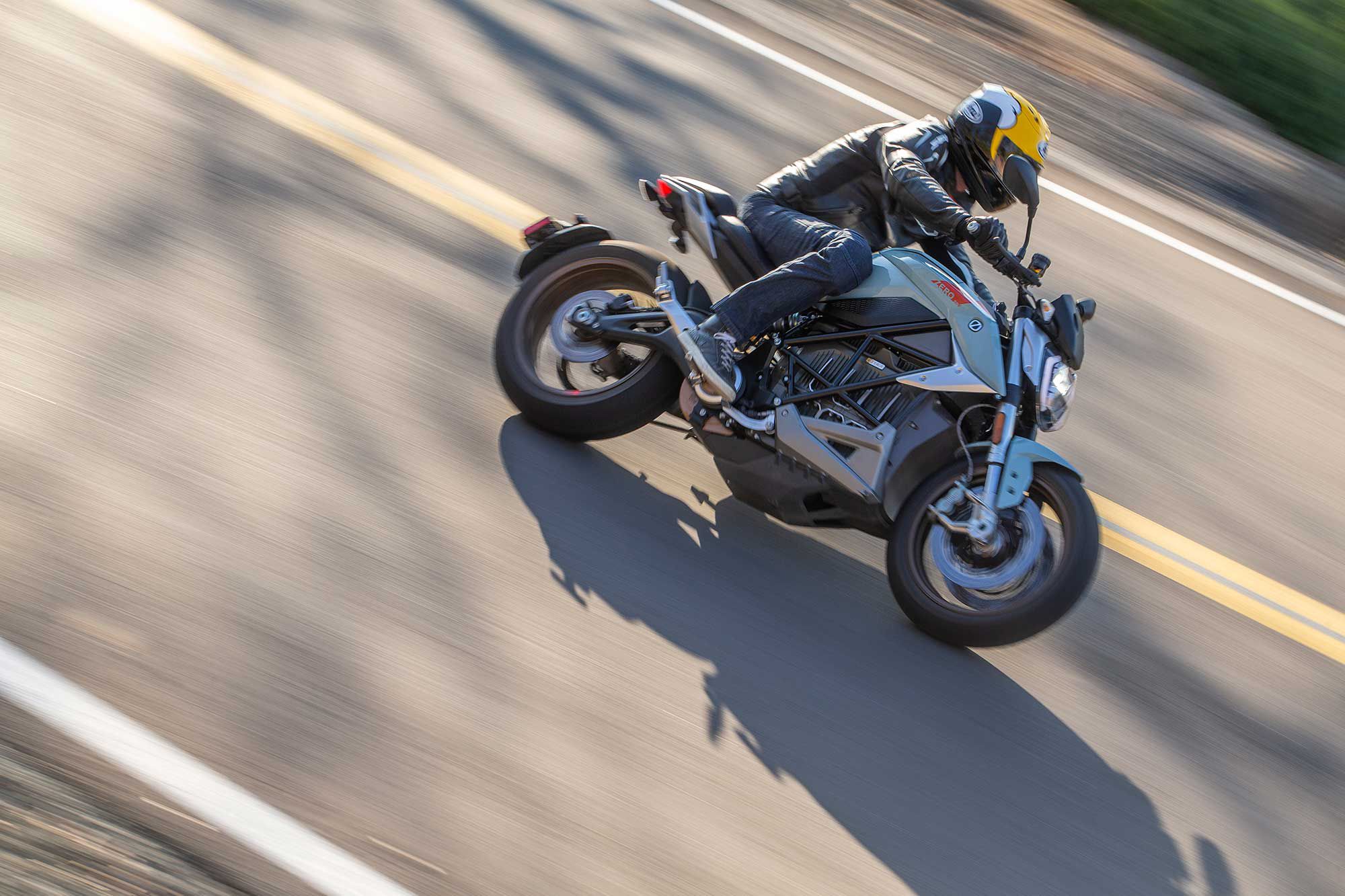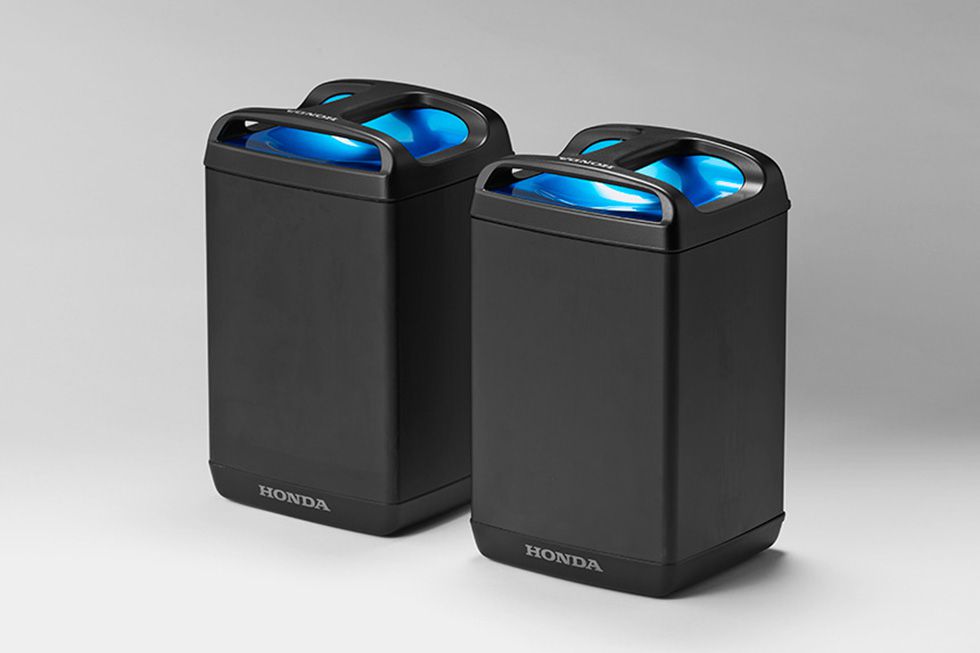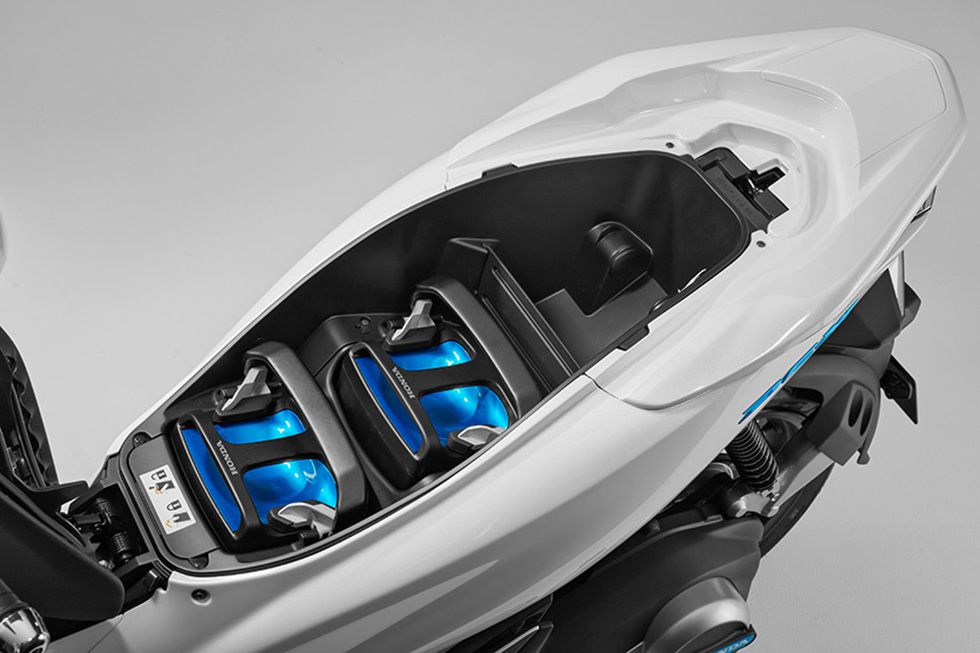“Range anxiety,” or the fear of not being able to find a charging station before running out of battery, is arguably the greatest barrier in the way of large-scale acceptance of electric motorcycles. In a bid to overcome this obstacle, a new supergroup has been formed by some of the most powerful motorcycle manufacturers in the world: Honda, Yamaha, Piaggio, and KTM. This is, of course, coming after a similar OEM group was announced last year, coupling Kawasaki and Suzuki with Honda and Yamaha. Each of these groups have announced goals of unification surrounding electric vehicle (EV) technology, universal battery technology, and a propping up of an older idea that just might get new life: hot-swappable batteries. For these strong and seasoned brands to make a show of force like these announcements, we are sure to see more big moves in their future, but are swappable batteries really the answer to electric motorcycles’ range question?
The first question asked by almost every interested party when learning about electric motorcycles is: How far can I go on a charge? Despite the performance and exhilaration surrounding the electric motorcycle experience, we all have the inalienable knowledge that batteries require significant charging time.

Electric motorcycles from companies like Energica, Zero Motorcycles, and Harley-Davidson have proven that mid-ride charging doesn’t need to be feared or avoided. With a public charging infrastructure that is constantly expanding in the US, more and more charging stations are becoming available, even in rural areas. Upwards of 90,000 charging stations now exist throughout the country, as reported in December of 2020. While these things are true and charging electric motorcycles has become relatively quick and easy, range anxiety remains the biggest deterrent to purchase.
Related: BMW Invests in Solid-State Battery Tech
With the best charging equipment for each bike, H-D’s LiveWire and Zero’s SR/F each charge at roughly one mile of estimated range for the first 30 minutes on the charger. Every top-tier electric motorcycle in production now claims a charging rate that makes short charge stops a viable solution for extending your range on the go, but these charging rates are still not the ultimate solution for going on long-distance trips. This is why H-D, Zero, and other heavy hitters in the EV moto space have focused energy and resources on increasing the capabilities of their charging systems and battery capacities.
It is hard to argue against the knowledge and foresight that these big OEMs bring to this conversation. Honda, Yamaha, Kawasaki, Suzuki, Piaggio, KTM, these companies rarely misstep, and there will undoubtedly be benefits to a universal system, but are hot-swappable batteries the best move for the electric motorcycle market? The reasons behind this idea make sense, being able to roll up and swap out a battery module in a matter of seconds would eliminate any conversation around range anxiety in the city, but this still leaves a big question mark on a solution for longer rides.

Any long-distance traveler has come across breaks where gas is sparse; are we to believe that a battery-swap-station network wouldn’t have these same blind spots? I anticipate that, like the early establishment of EV charging infrastructure, these stations would be prevalent in major cities and on the US coastlines, but would probably be few and far between once outside those locales. It has taken many years for the US public EV charging network to get to where it is today, and without plans to allow for the ability to use this already-established network, this idea only seems to tackle one side of range anxiety. Electric motorcycles excel at life in a city, where charging needs are infrequent and there are lots of public charging options.
Would swappable-battery stations increase consumer adoption? Possibly. The idea seems like an interim solution for these companies that have not yet brought a full-size electric motorcycle to market. There still seems to be a hesitance by these big brands to throw their full weight and coin behind this technology, opting instead to try to guarantee equal footing with who has always been their greatest competition. I worry about the elimination of innovation in this regard. If these companies are getting together to agree to a universal battery with swap stations, will there be any momentum behind striving for more range by way of energy-density development? Will owners of these swappable-battery models be able to charge at home? If not, and charging will always take place at a swap station, will there be an emphasis on developing even-faster charging? If these manufacturers all use the same batteries, will they all have about the same range and top speed? Will we make our future motorcycle-ownership decisions based solely on looks? I am excited about this but I have lots of questions!
Related: Kawasaki’s Patent For Electric Motorcycle With Swappable Battery
The importance of having a universal network for electric motorcycles is clear, whether it is universal batteries or a universal charging-connector, but with the automotive industry driving most of the development behind public EV charging, the idea of developing an entirely new EV infrastructure in the US that focuses on battery storehouses all over the country seems a little outlandish. With this proposed idea, it is important to note that instead of one battery (or power pack) being created per vehicle, we are now talking several per unit in order to guarantee that charged batteries are available anywhere (read: everywhere). If we are to assume that these will be lithium-ion batteries, this seems like an incredulous pursuit. Materials to create these batteries are already getting to be in short supply, prompting new battery technology development in a variety of different industries.

In order to provide efficient motorcycles that also use efficient energy, the idea of creating a ton of extra batteries to be stored in climate-controlled swap stations all over the country seems wildly inefficient. One thing is for sure, though, the announcements of these OEM supergroups signify a new energy (sorry) behind the development and integration of electric motorcycles, and however any of us feel about the realities of these plans, there are bound to be some wild and exciting electric two-wheeled vehicles on the docket from these well-known brands, and I cannot wait to ride each and every one of them.
Source: MotorCyclistOnline.com
